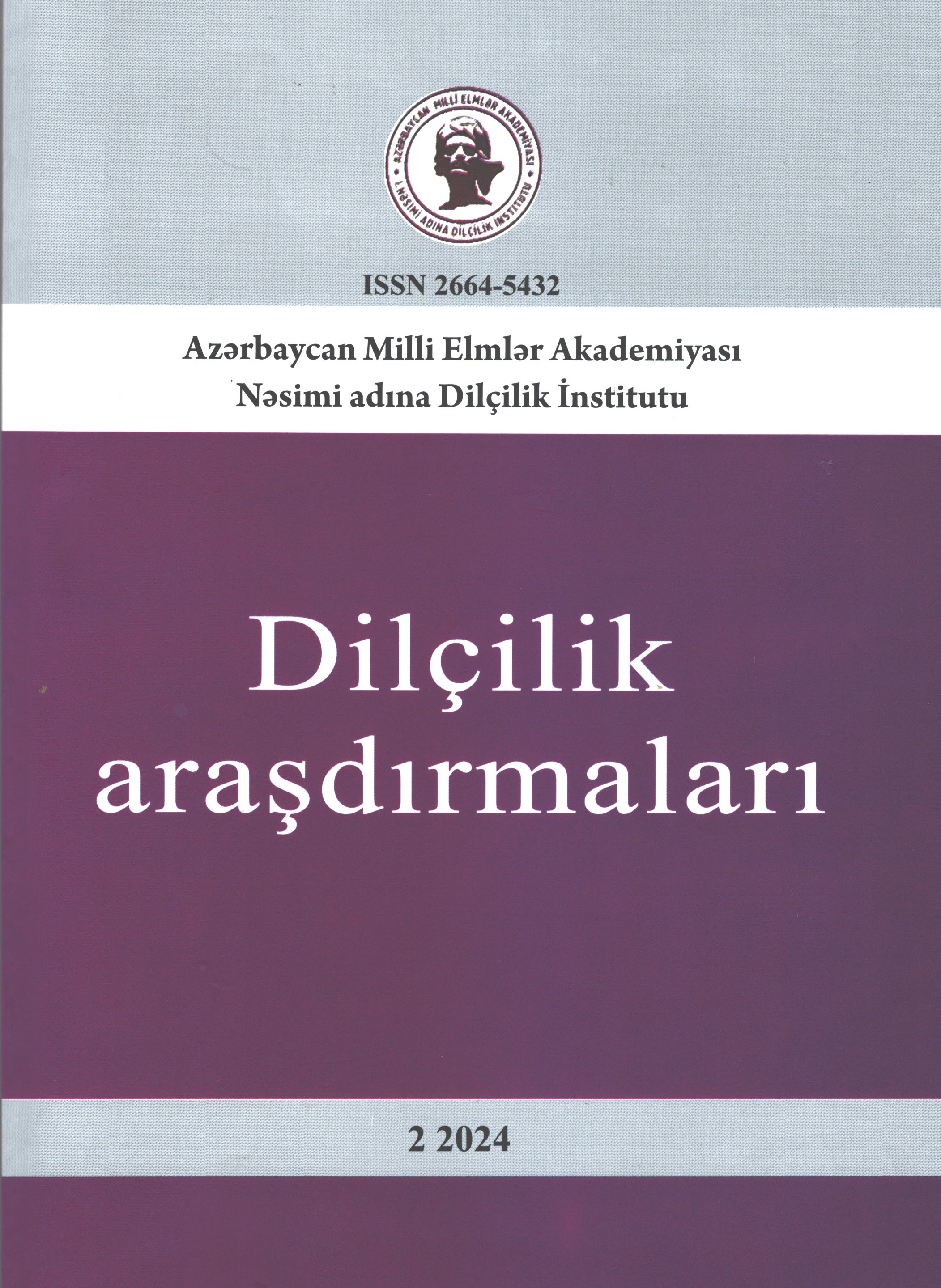ANTITHESIS IN THE STORY EDGÜ ÖGLI TIGIN-AYÏGH ÖGLI TIGIN
Keywords:
Old Uyghur written monuments, Buddhism, jataka, figures of speech, antonymsAbstract
Edgü Ögli Tigin-Ayïgh Ögli Tigin is one of the Old Uyghur Buddhist monuments. This work is a chatik (jataka), i.e., a religious story. As jatakas express religious ideas through stories, their language is simpler and more artistic. This monument which was translated from Chinese in the 10th century, was found in 1908 by Paul Pelliot and is currently in Paris, Bibliothèque nationale de France. The work is also known as Prince Kalyanamkara and Papamkara. The work is about the contrast between the good-minded son and the evil-minded son of a king. Edgü Ögli Tigin-Ayïgh Ögli Tigin is wholly formed with antithesis between two
princes. We observe mostly absolute antonyms in antithesis in Edgü Ögli Tigin-Ayïgh Ögli Tigin, and it is mostly used in the speech of characters. The manuscript of Edgü Ögli Tigin-Ayïgh Ögli Tigin is incomplete, there may be other examples of antithesis in the complete version of the work.

